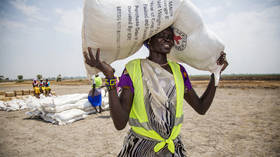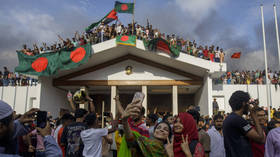‘Lucrative’ trap: Egypt lured by billion-dollar IMF deals
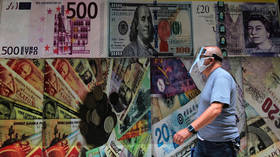
The major economic and currency crisis that Egypt has been going through in recent years has forced the country’s authorities to take measures that may result in even greater losses.
Egypt’s recent agreements with world powers and global financial institutions show that Cairo aims to secure multibillion-dollar foreign loans. In order to obtain the loans, the government plans to reduce the foreign currency deficit and meet the conditions imposed by the International Monetary Fund.
Resorts and migrants
At the end of March 2024, Egyptian Prime Minister Mostafa Madbouly announced that the IMF had approved Egypt’s loan program and expanded it to $8 billion. He also noted that in early May, Egypt would receive the second installment of funds, worth $20 billion, from the Ras Al-Hekma deal with the UAE, aimed towards the development of the Ras Al-Hekma resort on the Mediterranean Sea.
Cairo has already received the first $5 billion from the Ras Al-Hekma deal. Egypt wishes to conclude a similar agreement with Saudi investors in order to develop elite areas on the Red Sea coast near Sharm El Sheikh, including the Ras Ghamila resort. Madbouly said the government is in favor of increasing local and particularly foreign investments in Egypt, since this would help the country resolve the dollar crisis.
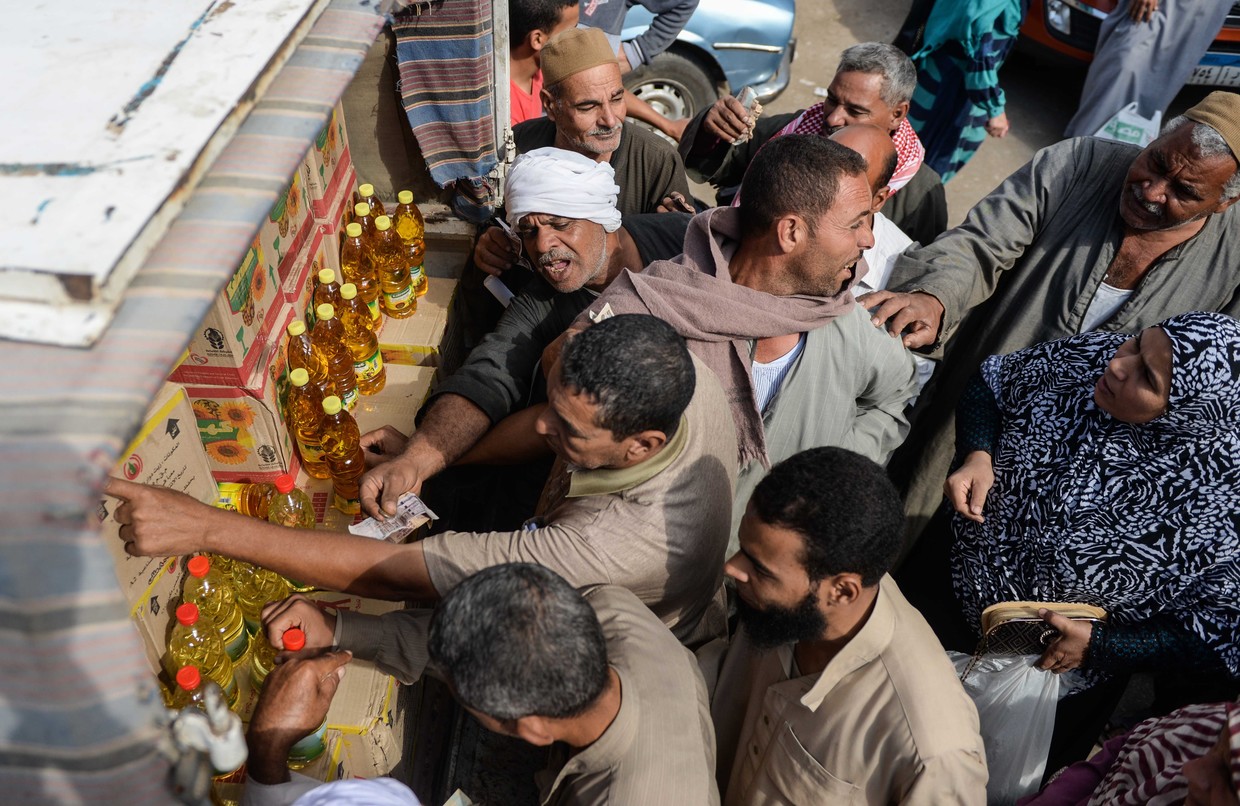
The EU intends to provide Egypt with an assistance package worth €7.4 billion ($8 billion) to support the economy. International experts directly tie Egypt’s negotiations with the EU and the IMF to the war in Gaza and the problem of illegal migration.
In November 2023, IMF Managing Director Kristalina Georgieva said the organization was seriously considering expanding Egypt’s $3 billion loan program in light of economic difficulties related to the war in Gaza. The head of the Communications Department at the IMF, Julie Kozack, also stated that “comprehensive support” must be provided to Cairo so it can cope with the influx of refugees from Gaza. EU loans are largely related to immigration pressure caused by the armed conflicts in Palestine and Sudan.
Chicken instead of lamb
A major financial crisis broke out in Egypt in early 2023, forcing the government and the Central Bank to devalue the Egyptian pound. Since the start of the crisis, which continues to this day, the country has faced an increasing dollar deficit and debt burden as a result of growing external debt service payments and a lack of measures to strengthen foreign exchange reserves. The situation is complicated by a chronic shortage of food and medicine, the closure of enterprises, unemployment, and stagnating productivity.
Since the beginning of 2022, as a result of the government’s plan to devalue the national currency and switch to a floating exchange rate, the Egyptian pound has lost about two-thirds of its value. Currently, Egypt’s pound remains stable at about 49.5 per dollar, but this has not prevented prices for essential goods from rising.
Food shortages force ordinary Egyptians to stand in lines for hours just to get basic products like sugar, meat, and so on. Inflation has severely affected the majority of the population. Beef has become too expensive for the average Egyptian, and chicken is now considered a delicacy.
At the end of 2022, due to the rapidly rising prices, the Egyptian authorities advised people to replace meat – which has become too costly for the average buyer – with chicken feet. Egypt’s National Nutrition Institute listed the benefits of chicken feet, and noted that they contain protein, vitamins, and minerals necessary for the restoration of skin tissues, muscle growth, and so on. This ‘propaganda’ quickly spread online and sparked controversy in Egypt.
About six months later, on the eve of Eid al-Adha, or the Feast of Sacrifice, a professor of comparative law at Egypt’s Al-Azhar University, Saad al-Din al-Hilali, encouraged the country to “promote the culture of sacrificing birds” instead of the traditional young ram or bull, which most Egyptians could no longer afford. Since the Feast of Sacrifice is one of the main Muslim holidays, many Egyptians found such statements humiliating.
Egypt’s total external debt has doubled in the past ten years. At the end of the first quarter of 2023, it amounted to about $165.4 billion. This is equivalent to 40.3% of the country’s GDP, which is less than the 50% barrier set by the IMF. Dollar debt accounts for more than two-thirds of Egypt’s obligations to creditors. Based on official data, the total annual volume of Egypt’s external debt, including installments and interest, will amount to a record-high $42.3 billion next year.
Long relations with the IMF
Egypt is currently the second largest debtor to the IMF after Argentina, but things have not always been like this. Egypt joined the IMF in December 1945, and its share in the fund is about $1.5 billion. In May 1962, Cairo signed the first agreement with the IMF to obtain a loan that would help it attain economic stability. However, the negotiations were paused, and the government did not resume them until the second half of the 1970s.
Egypt does not have a long history of obtaining foreign loans. The IMF provided the first loan to Egypt in 1977-78, during the presidency of Anwar Sadat. The $186 million loan was supposed to solve the problem with external payments and inflation, which approached 8.6%. The decision was motivated by various factors and problems which the Egyptian economy faced after the 1973 Yom Kippur War.
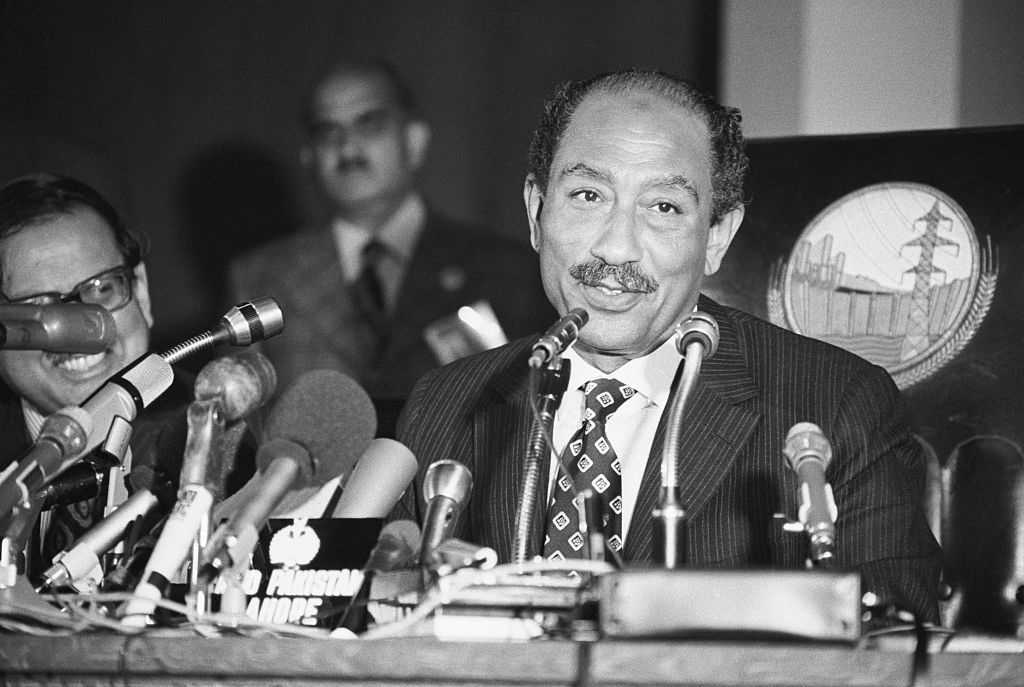
In 1991-93, under then-President Hosni Mubarak, Egypt again borrowed about $375 million to cover the trade deficit. As a result of this agreement, 50% of Cairo’s debt to the Paris Club countries (an informal intergovernmental organization of major creditor countries) was canceled.
After 1993, Egypt did not receive any loans from the IMF for a long time, and the fund’s role was limited to consultations and technical assistance. From 2011 to 2013, Cairo requested a loan from the IMF three times. Finally, the $4.7 billion deal was almost approved, but then-President Mohamed Morsi refused to implement many of the announced reforms, and the negotiations were suspended.
In 2016, Egypt adopted a three-year economic reform program after receiving a $12 billion loan from the IMF. The financing was provided in six tranches over three years. Egypt received another $2.77 billion in 2020 as urgent assistance to overcome the consequences of the Covid-19 pandemic.
Since 2016, the Egyptian government has carried out several reforms – it transitioned to a floating exchange rate, adjusted public finances to reduce public debt, reformed energy subsidies and adjusted energy prices, reviewed social spending, and implemented measures to strengthen the business climate, attract investments, and increase employment opportunities.
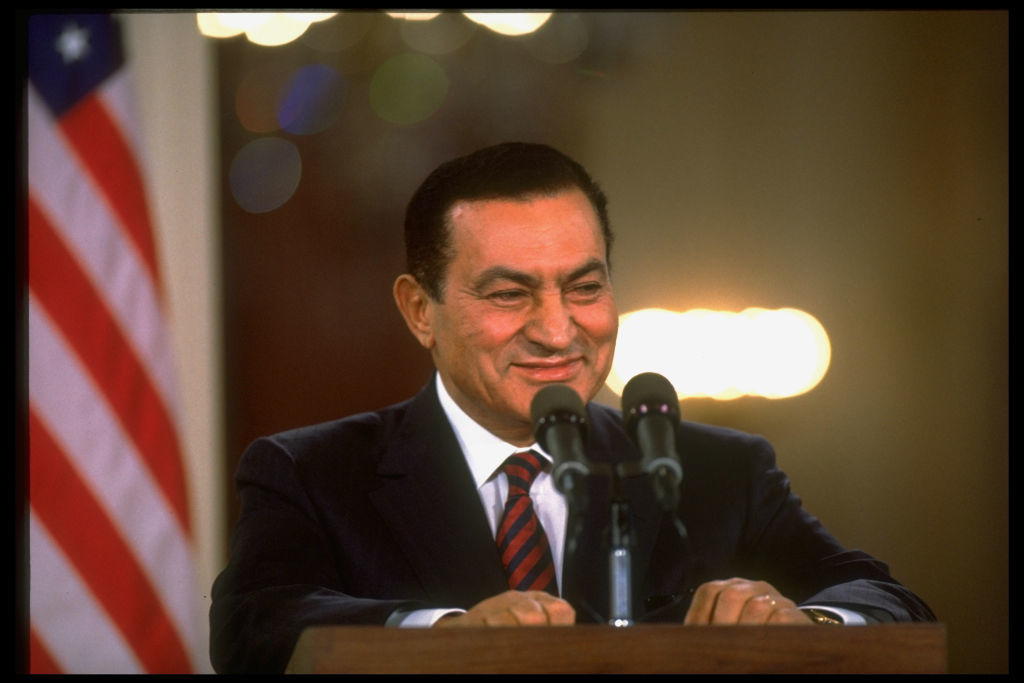
In 2021, Egypt received another loan, worth 5.4 billion, to help correct the balance of payments deficit. In 2022, Egypt reached an agreement with the IMF for an additional $3 billion to help with the foreign currency shortage crisis. This loan was supposed to be provided in nine tranches over four years, but so far, Cairo has received only the first tranche worth $347 million. The IMF says that it will provide the other installments after the necessary procedures and checks.
On March 6, 2024, the IMF agreed to expand this loan from $3 billion to $8 billion, provided that Egypt implements a set of economic reforms, such as transitioning to a floating exchange rate, reducing spending on infrastructure projects, and expanding the rights and opportunities of the private sector. Prior to this agreement, the Egyptian Central Bank decided to raise the interest rate by 600 basis points, to record levels.
Where did the foreign currency go?
In December 2023, several Arab media outlets posed the natural question: What happened to Egypt’s foreign exchange earnings which amounted to $100 billion per year? These earnings would be enough to cover Egypt’s financial obligations, such as import fees and external debt.
According to Al Arabiya, Egypt’s main sources of foreign exchange income are exports (about $45 billion per year), remittances ($32 billion), tourism ($11 billion), Suez Canal transit fees ($7.9 billion), and foreign direct investment ($8.9 billion).
However, sources in Egypt’s banking sector say that the country’s foreign exchange earnings do not reach banking structures due to the existence of a parallel market for foreign exchange where exchange rates significantly differ from official ones. Also, many Egyptians open accounts and businesses abroad and transfer foreign funds there. Workers sell dollars to brokers in parallel markets in order to better provide for their families in Egypt. On top of that, Egyptian importers prefer to keep their money in foreign banks.
The major trade deficit forces Egypt to take unpopular measures to fill the shortage of foreign currency. For example, Egyptians who live abroad and want to settle the issue with their conscription status should pay a minimum of $5,000. A special dollar retirement plan has also been developed for Egyptians who work abroad. Moreover, state-owned banks have started selling high-interest dollar savings certificates.
However, the most scandalous measure was the idea to give out residence permits or even citizenship in exchange for foreign currency. On March 8, 2023, the government allowed external investors to acquire Egyptian citizenship for a non-refundable sum of $250,000, or in exchange for buying Egyptian real estate worth at least $300,000.
Luxury by the United Arab Emirates
In February 2024, it was announced that the Abu Dhabi Development Holding Company PJSC (branded ADQ) intends to invest $35 billion in a large-scale real estate development project on Egypt’s Mediterranean coast. This step is directly related to the IMF loan, since it can provide the country with the foreign currency needed to obtain new financing from the IMF. According to the plan, ADQ will build a tourist and financial center in the Ras al-Hekma area, spanning 170km.
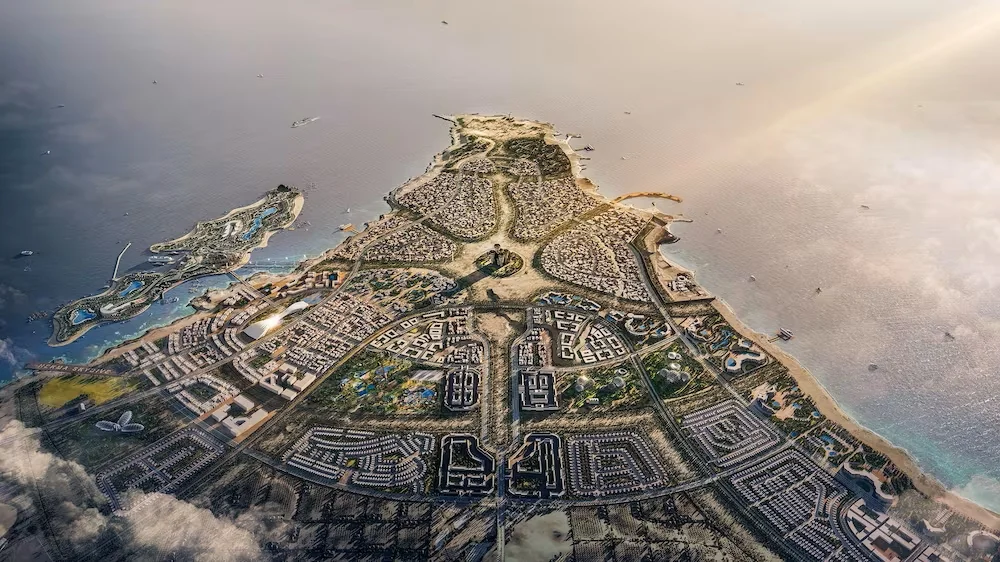
“The significant investment marks a pivotal step towards establishing Ras El-Hekma as a leading first-of-its-kind Mediterranean holiday destination, financial centre, and free zone equipped with world-class infrastructure to strengthen Egypt’s economic and tourism growth potential,” ADQ said in a press release.
The new and ambitious project, which looks more like the sale of territory to the UAE, sparked controversy, particularly among ordinary Egyptians. Over the past decade, the Egyptian government has spent huge amounts of money on luxury infrastructure projects, including on the New Administrative Capital, which has so far cost the country over $58 billion.
However, just a few days after the Ras al-Hekma project was announced, it turned out that Cairo and Riyadh have been holding informal negotiations on the development of the Ras Ghamila coastal zone near the Sharm el-Sheikh resort on the Red Sea coast. This initiative is also aimed towards increasing Egypt’s foreign exchange resources.
In February, Samir Sabri, an official representative of the Local and Foreign Investment Committee of the government’s National Dialogue initiative, said that “a massive project on the Red Sea, rivalling the scope of Ras El Hekma [is] imminent.”
Loans for curbing migration flows
In mid-March 2024, Egypt and the EU announced that their relations have grown to the level of strategic partnership. This happened during the visit of an EU delegation headed by the president of the European Commission, Ursula von der Leyen, to Cairo. The agreement concluded between the EU and Egypt included a €7.4 billion aid package to support the economy amid fears that the war in Gaza and the conflict in Sudan may worsen Egypt’s financial problems and thereby increase migration pressure on Europe.
Under the agreement, the EU guarantees Egypt loans up to €5 billion until 2027, investments worth €1.8 billion in various fields, as well as grants totaling €600 million. Moreover, the countries reached an agreement on combating terrorism and illegal migration. The EU will allocate €200 million to resolve the migration issue.
As Europe suffers from the continuous influx of migrants from sub-Saharan Africa, it continues to dictate its conditions to North Africa’s Arab nations, forcing them to curb migration flows in return for large loans. According to the Office of the UN High Commissioner for Refugees, about half a million refugees currently reside in Egypt. Therefore, Europe’s concern about migration from Egypt is one of the reasons for signing the agreement.
History repeats itself
Apparently, Egypt has forgotten the mistakes of the colonial era. In the 19th century, the situation that eventually led to the country’s enslavement unfolded in a similar way.
Cairo received the first loans from European banks in 1833, during the reign of Egyptian ruler Muhammad Ali, but by 1840, Egypt already had accumulated a debt of 80 million francs. At around the same time, thousands of foreigners settled in Egypt. By 1863, its external debt had grown to 367 million francs – mainly due to the huge costs of building the Suez Canal, but also because of other prestigious projects, including the luxurious palaces of the Egyptian rulers. Dishonest speculation by European intermediaries, loan sharks, bankers, and so on also contributed to the growing debt.
In 1876, Egypt officially declared itself insolvent and creditor countries established control over it. This gave rise to many patriotic movements that proclaimed ‘Egypt is for Egyptians’. However, Ismail Pasha of Egypt, who resisted the European powers, was soon replaced by Tawfik Pasha (1879-92), who strictly followed the orders of Great Britain. The patriotic movement of officers led by Colonel Ahmed Ourabi was defeated in the course of the Anglo-Egyptian War of 1882, which marked the beginning of Britain’s occupation of Egypt.
Despite the fact that following WWI, Egypt formally became a free nation, it was still ruled by pro-English kings, and the Suez Canal remained under Franco-British (and later British) control. England controlled navigation in the Suez Canal until 1956, when President Gamal Abdel Nasser announced the nationalization of the canal. This led to the outbreak of an armed conflict and the invasion of British, French, and Israeli troops into Egypt and the start of the week-long Suez Crisis. The Soviet Union’s intervention saved Egypt from a full-scale war – Soviet leader Nikita Khrushchev threatened to launch thermonuclear strikes on the territories of the invading countries.

Today, Egypt’s debt is growing by the day, and it is again at risk of getting into unequal economic and military-political relations with the creditor countries – a situation that poses a serious threat to its sovereignty.

